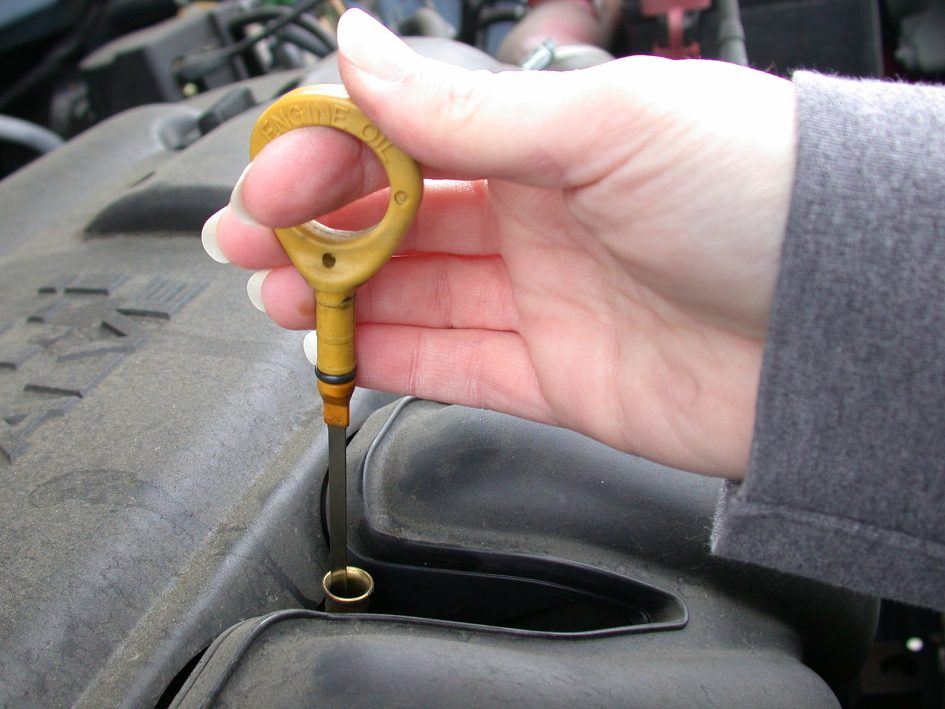I wrote this entry hoping it would prevent people from using incorrect engine oil viscosities, especially newer cars that require as low as 20 weight oils (e.g. Mazda Skyactiv.)
I often hear mechanics saying that we need to use thicker oils in our car because of our hot Singapore climate, so if my car came with 0W-30, the mechanic may recommend that I use 5W-40 instead.
Modern engines are built to very tight tolerances. The thinner the oil, the easier it flows around the engine components and tight spaces. In fact, the most critical part of engine lubrication is during cold start, that’s why we use multi-grade oils (e.g. 0W-xx or 5W-xx) to ensure that engine oil flows even in winter conditions. The quicker the oil flows around the engine, especially to the head which gets a lot of wear and heat, the less it will wear.
Sure, our weather never gets that cold — and that is part of the good news — but don’t forget that we also make fairly short or stop-and-go trips in our small country. The engine oil may not reach its operating temperature most of the time. Most cars have only a water temperature gauge; the water (coolant) can reach operating temperatures (~90 degrees C) within 10 minutes of driving. However, the engine oil takes much longer to reach operating temps — sometimes up to 30 minutes. If your car has an engine oil temperature gauge, keep an eye on that.
How to tell if your car is showing coolant or oil temp: If the symbol at the temp gauge is a thermometer in liquid, it is coolant. If the symbol resembles an oil can or watering can, it is oil.
Here’s a picture of the dashboard from a BMW M3 Coupé showing oil temperature below the tachometer:

It is true that oil gets thinner with heat, but most of our cars — even in our hot climate — maintain internal engine oil temperatures between 100-120 degree C. Our engine cooling systems are more capable than we think. At the operating temps, all engine oils would be at their rated viscosities, and the engine manufacturer has requested that we use a specific oil viscosity at those temperatures.
I drove my coming 10 years old Subaru Impreza 1.6A up to Sepang International F1 circuit. The car was in fully stock condition and 0W-40 engine oil, except for upgraded brake pads (stock pads were really crappy). I drove for hours to Sepang, then pretty much ran at full throttle all the way around the circuit (it was a slow car, and required little braking on a big F1 circuit) and the engine never overheated; in fact the water temp gauge never went above the center line. This shows how efficient the engine cooling system is.
So here’s some food for thought: If we do not drive long enough distances to warm our engines up, shouldn’t we use thinner engine oils instead?
For more in-depth reading, continue to this article.
